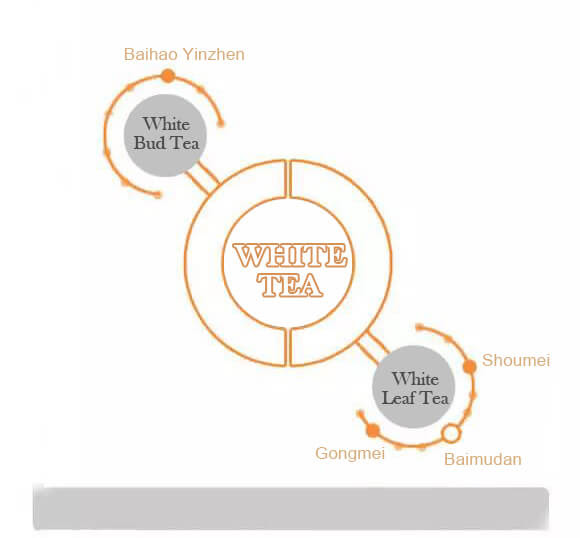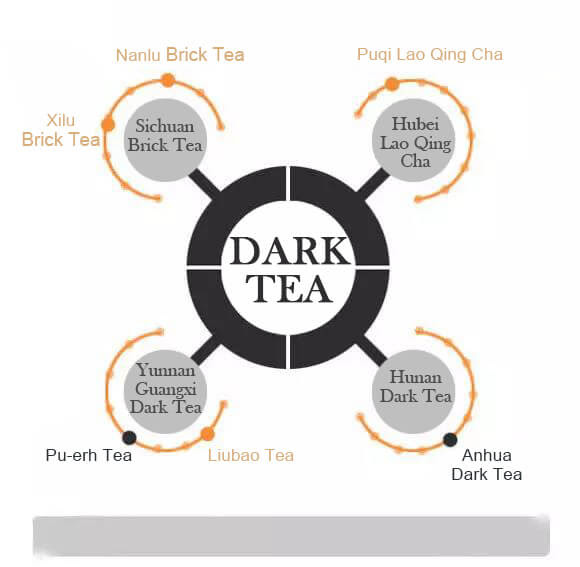You can use Gaiwan or Elegant cups
- Gaiwan
- Elegant cups






 |
| The production process of soybean milk liquid organic fertilizer-1 |
 |
The production process of soybean milk liquid organic fertilizer-2
|
 |
Irrigates the tea bushes with soybean milk organic fertilizer
|
 |
Mix the soybean dregs with organic fertilizer
|
 |
Bury soybean dregs in trench between tea bushes
|
 |
Irrigate Soymilk liquid organic fertilizer with automatic sprinkler system
|
- 1.日光萎凋 Solar withering
Exposing harvested tea leaves to the sunshine accelerates the evaporation of moisture, and acts as a catalyst for oxidation by naturally occurring enzymes in the tea plant.
- 2. 室内萎凋及搅拌 Indoor oxidation and shaking
The leaves are spread on automatic withering racks and shaken up intermittently for uniform exposure and to further deplete moisture during the indoor withering stage, which lasts for 6 to 12 hours. During this step, complex and subtle changes in the natural chemical composition of the leaves create the characteristic aroma and flavor of Oolong Tea.
- 3.杀菁 Tumble-heating
High temperatures are used to halt enzyme activity, including oxidation and biochemical reactions. This step stabilizes the composition of the tea(in terms of aroma and taste, etc.). During tumble-heating, much of the moisture is lost from the tea leaves, and their supple nature becomes evident as they enter the next step in their processing--rolling.
- 4.揉捻 Primary rolling
During the rolling process, friction causes the breakdown of the tea leaf structure, while ensuring that the consistency of the leaf remains intact. Mass rolling may be carried out twice to reduce the volume of the finished tea, making it easier to ship, store and enter the marketplace.
- 5.热团揉 Hot mass rolling
The leaves become very supple when exposed to high temperature. They are then placed inside a cloth bag, forming a large ball that is rolled by a special machine or by hand. Through such controls, moisture slowly dissipates from the leaves and they gradually become more tightly curled. This step produces the characteristic appearance and enhances the characteristic aroma of Oolong Tea.
- 6.干燥 Advanced drying
Hot air is used for drying, to halt any remaining enzyme activity after tumble-heating. This inhibits further oxidization and further stabilizes tea quality.
- 7.拣枝 Stem removal
- 8.再干与烘焙 Final drying and roasting
Heat control is used during the roasting process to improve tea quality (aroma--to eliminate rogue odors and to add a roasted aroma; taste--to eliminate Maillard reaction, caramelisation, oxidative and shrinkage effects; tea color--retain clarity and prevent changes in color). Roasting stabilizes the aroma, smoothness, fragrant aftertaste and lingering aroma in the cup that is the renowned qualities of Oolong Tea.




Fuding white tea originating in Fuding Tai mushan. Legend, Taimushan ancient name was cai mountain, Yao Emperor (2358 BC - 2257BC) has a mother living in this kind of orchid for the industry, mother are kind-hearted, won the hearts of the people, and has its Kind of green tea buds as a treatment of measles holy medicine, save a lot of children.People thanked her ,for calling her Taimu. 

With the domestic tea tea craze in Tang and Song Dynasties prevailed, characteristics of white tea because of its "hard boiled tea" and once again swept the country. In the comprehensive promotion of natural, healthy diet culture background, white tea because of its "the sun technology" natural and "health" has become the first choice to promote a healthy tea. 


Bai Hao Yinzhen (白毫银针) (Silver needle): The highest grade of the Bai Hao Yinzhen should be fleshy, bright colored and covered with tiny white hairs. The shape should be very uniform, with no stems or leaves. The very best Yinzhen are picked between March 15 and April 10 when it is not raining and only using undamaged and unopened buds. 
Shou Mei (寿眉) (Noble, Long Life Eyebrow): A fruity, furry white tea that is a chaotic mix of tips and upper leaf, it has a stronger flavor than other white teas, similar to Oolong. It is the fourth grade of white tea and is plucked later than Bai Mu Dan hence the tea may be darker in color. 
Bai Mu Dan (白牡丹) (White Peony): A grade down from Bai Hao Yinzhen tea, incorporating the bud and two leaves which should be covered with a fine, silvery-white down. 
Gong Mei (贡眉) (Tribute Eyebrow): The third grade of white tea, the production uses leaves from the Xiao Bai or "small white" tea trees. 
|

Tieguanyin (tiě guān yīn) tea, Chinese traditional tea, belonging to green tea, is one of China's top ten tea. Originated in Fujian Anxi County West Town, found in 1723-1735. "Iron Goddess of Mercy" is the name of the tea, tea varieties, Tieguanyin between green tea and black tea, are semi-fermented tea, Tieguanyin unique "Goddess of Mercy", fragrant Yayun, brewed natural orchids Fragrant, taste pure concentration, aroma fragrance lasting, "seven bubbles have the fragrant reputation." 
About Tieguanyin tea Origin of Tie Guanyin Tie Guanyin is a representative of oolong tea, and belongs to green tea among the six major types of tea.Tie Guanyin was originally the name of a tea tree, because it is suitable for making oolong tea,its product was thus named Tie Guanyin;the SO—called Tie Guanyin is actually the oolong tea made from Tie Guanyin tea tree. Tieguanyin finished according to the degree of fermentation and production process, generally can distinguish between fragrant type, Luzhou-type, Chen-type, and other three types. Quality and characteristics of Tieguanyin : Tieguanyin has excellent quality, its leaves ale thick and solid, it weighs as iron with dark and moist color, it has obvious sand green color with bright-colored red points.Its fragrance is noble-minded.lasting, strong and fresh, it has a unique"lingering charm" with a sweet and fragrant aftertaste;even after 7 times infusion it still has fragrance…it can be called the king of oolong tea. 
The healthcare function of Tie Guanyin Verified by the domestic and foreign scientists, the chemical composition and mineral elements in Tie Guanyin have special functions to peopleI's health,the functions are roughly as follows:anti-ageing, resisting cancer, preventing artery sclerosis, preventing and curing diabetes, losing weight, preventing decayed tooth, disinfecting. 
Tea set for infusing Tieguanyin, When infusing Tieguanyin, the best tea set for you is the Zi Sha(purple sand pottery);the Zi Sha tea set made in Yixing is most suitable,it will never affect the fragrance of the tea,it can keep the color, fragrance, nd taste of the tea for a long time.Chinan's first professional tea farmers cooperatives.Along with the unique fragrance of Tie Guanyin, if you take a sip, the fragrance will fill your nostrils. 
Autumn fragrance and Spring water, Tieguanyin is made with precision and exquisite techniques.Its sprouts come out in the last ten days of March and will be picked in the first ten days of May;the tea can be picked in spring,summer, midsummer and autumn.The autumn tea has the best quality,the spring tea has the highest output. autumn tea has strong fragrance, so it is commonly called“autumn fragrance”;the spring tea gives you mellow feeling, so it is, commonly called“spring water”the Chinese people, in their drinking of tea, place much significance on the act of "savoring. " 
|